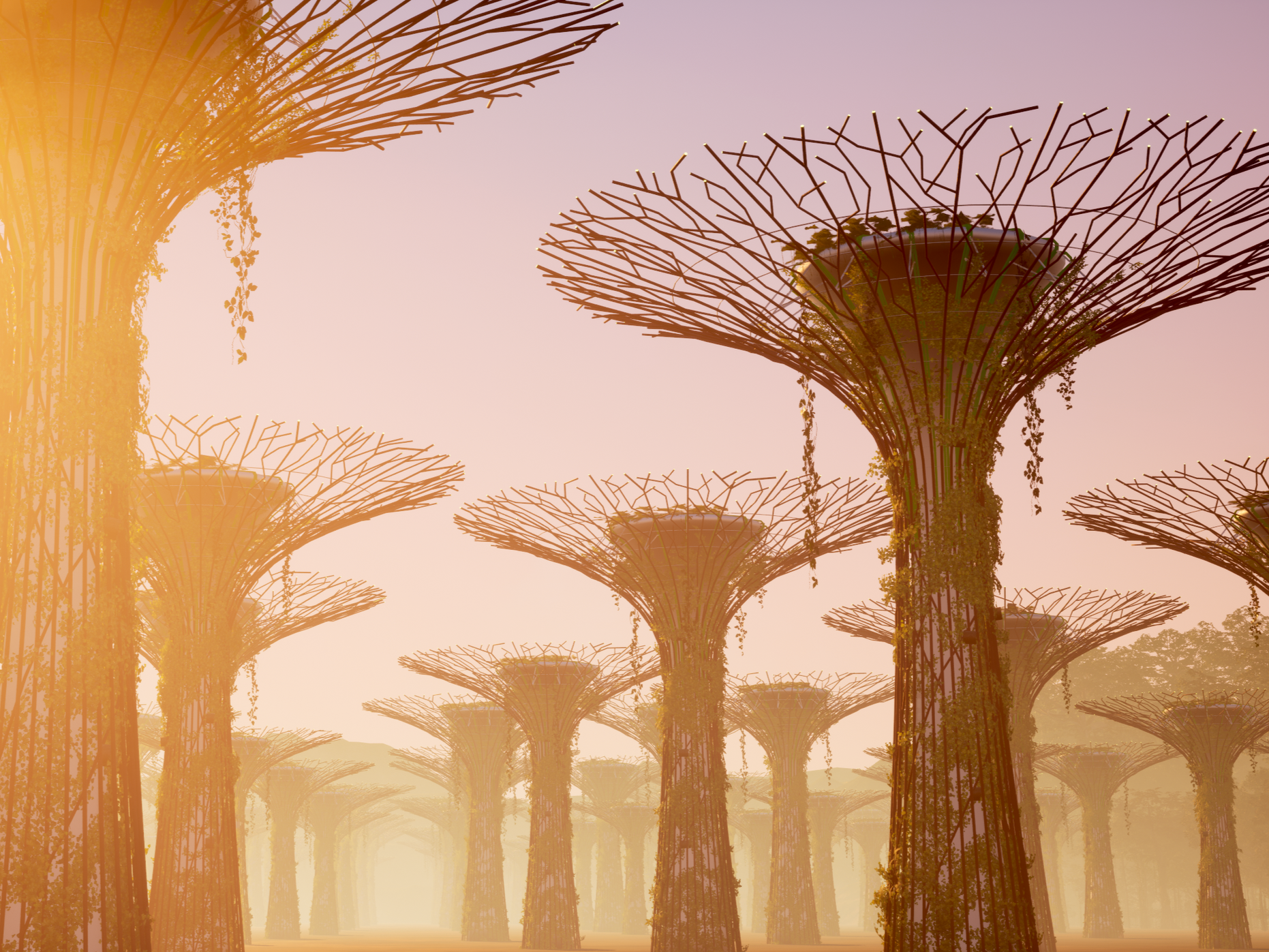3 Projects For A Brighter Future
Designers Marjan van Aubel & Matylda Krzykowski on the ones to watch in solar design
Words by Clara Le Fort
‘Dutch designer Marjan van Aubel is a game changer at the forefront of solar design. She considers the sun to be one of our most powerful and largely untapped resources; an unlimited, abundant source of energy that continuously nourishes all forms of life.
The title of her latest book, Solar Futures: How to design a post-fossil world with the sun? is a prescient question in our current climate – in the midst of a global energy crisis, where pollutive tech and finite fossil fuels are the main resources. Van Aubel also runs an award-winning innovative solar design practice, ideating and creating around objects and solutions that bring the sun’s energy into our daily lives.
“Sunlight is free and available to everyone, and we get it constantly. In fact, we receive enough sunlight every hour to provide the world’s electricity for an entire year,” van Aubel tells Looms. Her thoughts and research goes way beyond blue reflective panels; look to her seamless integration of solar power in the sun-powered roof of the Netherlands Pavilion at the World Expo 2020 in Dubai; or ‘Sunne’, a self-powered solar light that captures, stores and produces light indoors.
Marjan van Aubel’s is a fundamentally positive attitude towards the future, and one that aligns well with that of designer, artist and curator of The Energy Show – an exhibition organised by the Het Nieuwe Instituut in Rotterdam, showcasing the design possibilities offered by the sun – Matylda Krzykowski. For Looms, the design duo have selected three talents which, they feel, are changing the way we look at solar design today. From community-based craft, to individual self-powered solar systems, and a step towards providing a whole industry with self-sufficient bioclimatic solutions, these three examples stand out for their difference and the real potential they offer.
Yuca_Tech by Amor Muñoz
Images by Amor Muñoz
A community-based project located in the Henequen manufacturing area of Yucatán, Yuca_Tech looks at solving local social problems by juxtaposing tradition and innovation. Led by Mexican artist Amor Muñoz, the idea of the Yuca_Tech laboratory is to revisit local crafts and enhance them with technology. Imagine a series of photovoltaic textile artefacts that blend technological materials and traditional fibres and weaving processes. The resulting pieces not only work with solar energy, but represent an improvement in the life of the community.
As Muñoz describes:
“It is key to give local communities access to appropriate technologies; only then can they become familiar with it in the context of their daily lives, while respecting their traditions. Learning a new technique generates a natural bond between the craftsman and the tech-enhanced object.” Yuca_Tech literally lights up everyday objects with solar powered LED light – for example, solar bags that are designed to store electricity. The bags were tested by street vendors: selling energy for 5 pesos per minute to those who need to charge their mobile phones. Generating a daily income, the project has had a positive impact on local communities.
Living with the Sun by Boudewijn Buitenhek
Images by Boudewijn Buitenhek
What happens when you live in a rented apartment and you would like solar panels on your roof? Or when you simply can’t afford a solar panel, but would like to commit to a more sustainable lifestyle? Access to solar panels is the starting point of Dutch designer Boudewijn Buitenhek’s graduation project. “My research process started as an experiment: living without gas and electricity for a week and observing the consequences it had on my life. I only allowed myself to use any power that I was able to generate myself,” he explains.
Making his morning coffee proved to be the biggest hurdle, so he investigated ways to harvest the necessary power to brew it, without resorting to solar panels and batteries. His research led him to solar heat accumulators (or excavated tubes), a method discovered in the 18th century by Swiss scientist Horace-Bénédict de Saussure. It consists of a two-layer system of glass tubes: the transparent outer tube allows sunlight inside with minimal reflection, while the inner tube is coated in a solar film that converts sunlight into heat, further warming water contained within.
“My findings not only enabled me to boil water for my coffee, but I realised I could also use the tubes to roast raw coffee beans, another energy-intensive process.” Buitenhek's custom-built solar kettle and coffee-bean roaster were presented at the The Energy Show.
Zeroth by Octave Perrault
Images by Octave Perrault
Named after the Zeroth law – a thermodynamics principle that defines temperature equilibrium – Zeroth was designed by French architect Octave Perrault to provide architects and real estate developers with real bioclimatic solutions.
“Our aim is to develop the next generation of bioclimatic HVAC systems for buildings. We want to replace the current paradigm for climate control in architecture (heating, ventilation and AC), in favour of an all-natural, autonomous approach with a focus on efficiency, reliability and scalability,” Perrault explains.
His greater ambition is to reach total climatic self-sufficiency in buildings. How? Zeroth is collaborating with nTopology, an American engineering design software company specialising in the development of complex shapes for 3D printing. Today, this technology is key in the development of high performance heat exchangers for the aerospace industry. Perrault believes that by adapting it to the built environment, tomorrow’s architecture won’t need to rely on heating and cooling systems as it does today.













